Effective control of import and export precursors through analysis and inspection
 |
| Mrs. Le Thi Kim Loan, Deputy Head of Inspection Department, Customs Department of Goods Verification |
Could you please share about the role of analysis and testing in controlling exported and imported precursors?
Precursors are complex commodities with a wide variety of types. According to Decree 57/2022/ND-CP, there are 42 Group 1 industrial precursors and 18 Group 2 industrial precursors. However, in reality, numerous exported and imported goods have the potential to contain drug precursors. Shipments containing more than 1% of Group 1 industrial precursors and more than 5% of Group 2 industrial precursors require export and import licenses and are subject to specific regulatory control. Therefore, understanding the nature, components, and content of goods to determine their classification under precursor regulations is crucial.
The Customs Department of Goods Verification possesses in-depth expertise in chemicals and merchandise science. In addition to utilizing analytical equipment to determine the composition and nature of goods, the department can also analyze data from the industry's business system to identify the nature of goods and predict high-risk precursor shipments, thereby advising the General Department of Vietnam Customs on cargo control.
Currently, the Customs Department of Goods Verification has analyzed numerous product sectors through inspection and classification activities. Through customs inspection, internal audits, and system reviews, the department has identified several high-risk commodity groups for industrial precursors and detected numerous violations involving goods containing industrial precursors.
Specifically, what results have been achieved in the control of imported and exported goods containing precursors at the Customs Department of Goods Verification in recent times, madam?
Over the years, the Customs Department of Goods Verification has detected numerous types of goods containing industrial precursors through the analysis and inspection of goods using specialized equipment. Accordingly, approximately 100 notifications of results containing industrial precursors have been issued, primarily for precursors such as acetone, toluene, methyl ethyl ketone, acetic acid, hydrochloric acid, sulfuric acid, and formic acid found in declared goods like organic solvent mixtures, cleaning agents, polymers, adhesives in organic solvents, plating compounds, and other chemical mixtures. In some cases, goods declared to contain Group 2 precursors with a content of less than 5% were found upon analysis to have a precursor content exceeding 5%, which requires an import license.
The analysis and inspection results serve as the basis for the inspection unit to compare with the declared content on the customs declaration for further processing as prescribed.
Additionally, through internal audits, the Customs Department of Goods Verification has identified certain types of goods containing precursors and has requested the inspected unit to review and verify whether they fall under the scope of policy management as regulated.
During the process of analysis and inspection, did the unit encounter any difficulties or problems, madam?
The first challenge in analyzing and testing precursors is the constant changes in Decrees, Circulars, and guiding documents on precursors and drugs, requiring units to update and disseminate information promptly. According to Decree 57/2022/ND-CP, there are up to 60 types of Group 1 and Group 2 industrial precursors, with diverse components and chemical formulas. Goods containing precursors are varied and complex, encompassing numerous types, while regulatory documents are unclear and incomplete, hindering customs management.
Additionally, goods management is governed by multiple documents, such as the Commercial Law, Foreign Trade Management Law, and Chemical Law, with some ministerial guidelines lacking comprehensive coverage. Furthermore, inconsistent management by specialized ministries, with varying license approvals for identical goods and importers, poses challenges.
Moreover, many other types of precursors concealed within goods without technical documentation present difficulties for analytical units, including the Customs Department of Goods Verification.
From such difficult and entangled realities, what suggestions and recommendations do you have to improve the effectiveness of analysis and testing of precursor chemicals for import and export goods?
Currently, customs inspection has not been fully codified in all legal normative documents. Customs inspection activities are being conducted according to the guidance of Decision 2999/QD-TCHQ dated September 6, 2017, issued by the General Department of Customs on promulgating the Regulations on inspection and analysis of imported and exported goods, which is a guiding document of the General Department of Customs. Therefore, it is proposed that the General Department of Customs pay attention to codifying customs inspection activities in legal normative documents, so that the Customs Inspection Department has a basis for implementing customs inspection and control of imported and exported goods in accordance with the provisions of international conventions signed by Vietnam and the regulations of ministries and sectors.
Related News

Consulting on customs control for e-commerce imports and exports
14:50 | 14/02/2025 Regulations

Customs administrations coordinate to seize nearly 20,000 endangered wildlife
09:15 | 14/02/2025 Anti-Smuggling
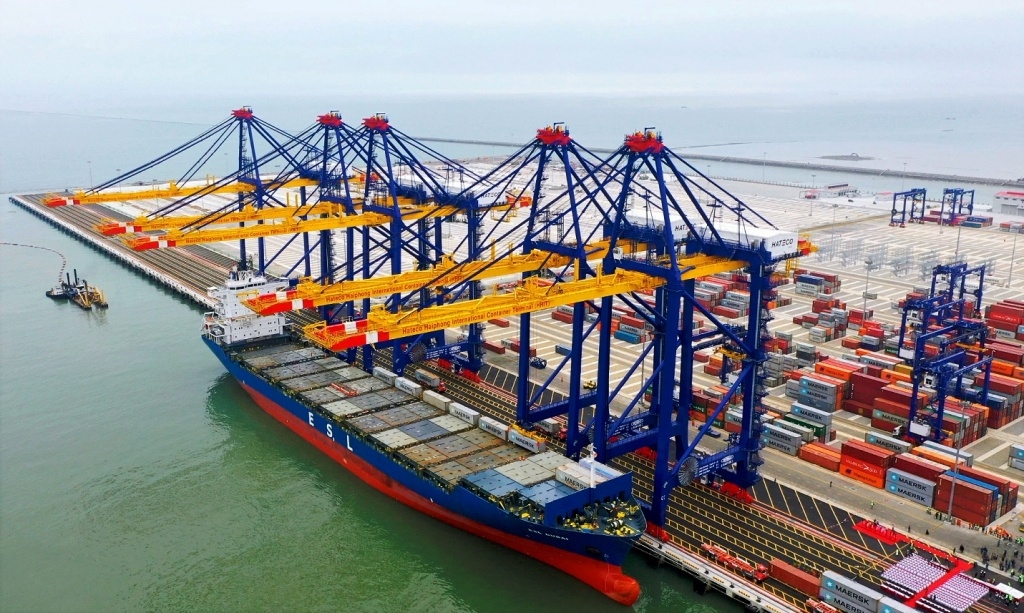
Hai Phong Customs sets out 15 tasks to achieve the revenue target of VND 72,000 billion
10:12 | 11/02/2025 Customs
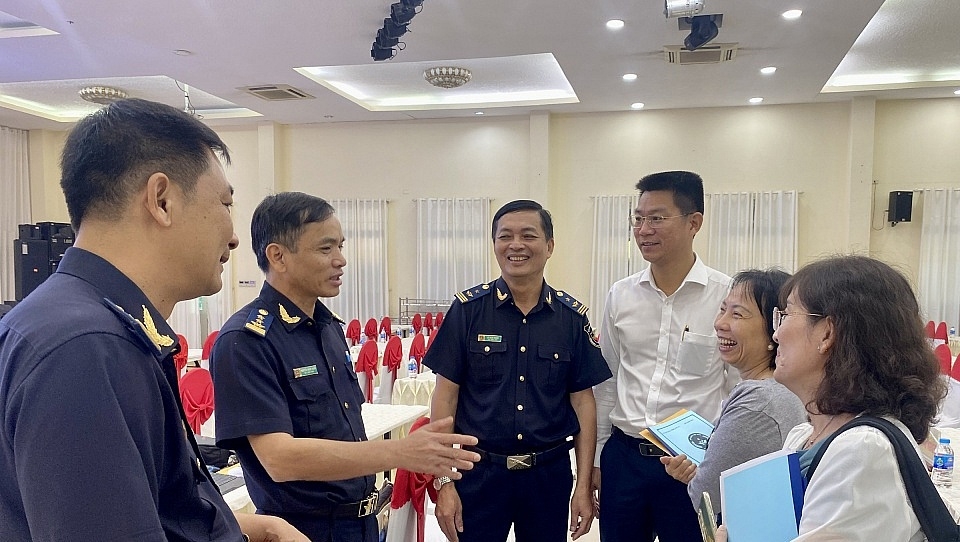
GDVC sets goal of widely disseminating Customs policies
07:49 | 12/02/2025 Customs
Latest News
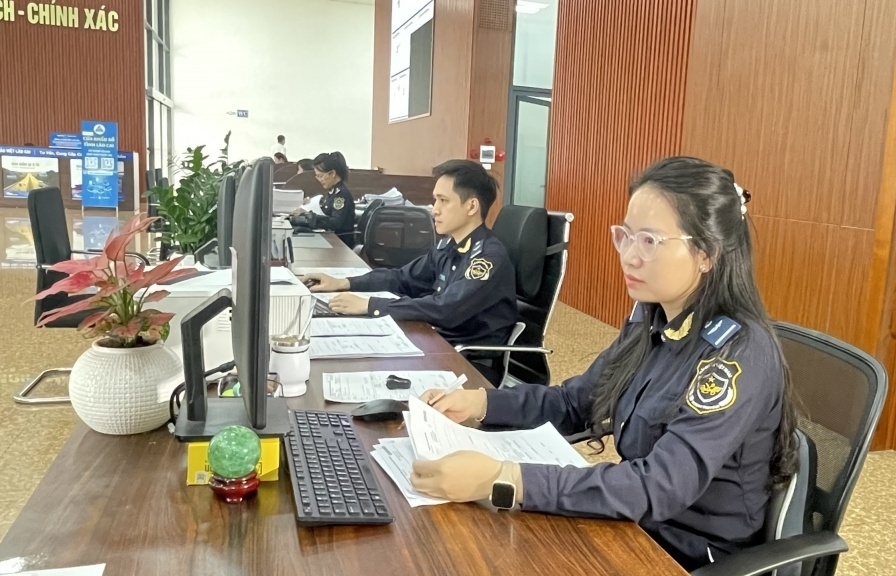
Vietnam Customs forms implementation task force on developing customs procedures
16:29 | 15/02/2025 Customs

Quang Tri Customs launches business support initiatives
16:29 | 15/02/2025 Customs
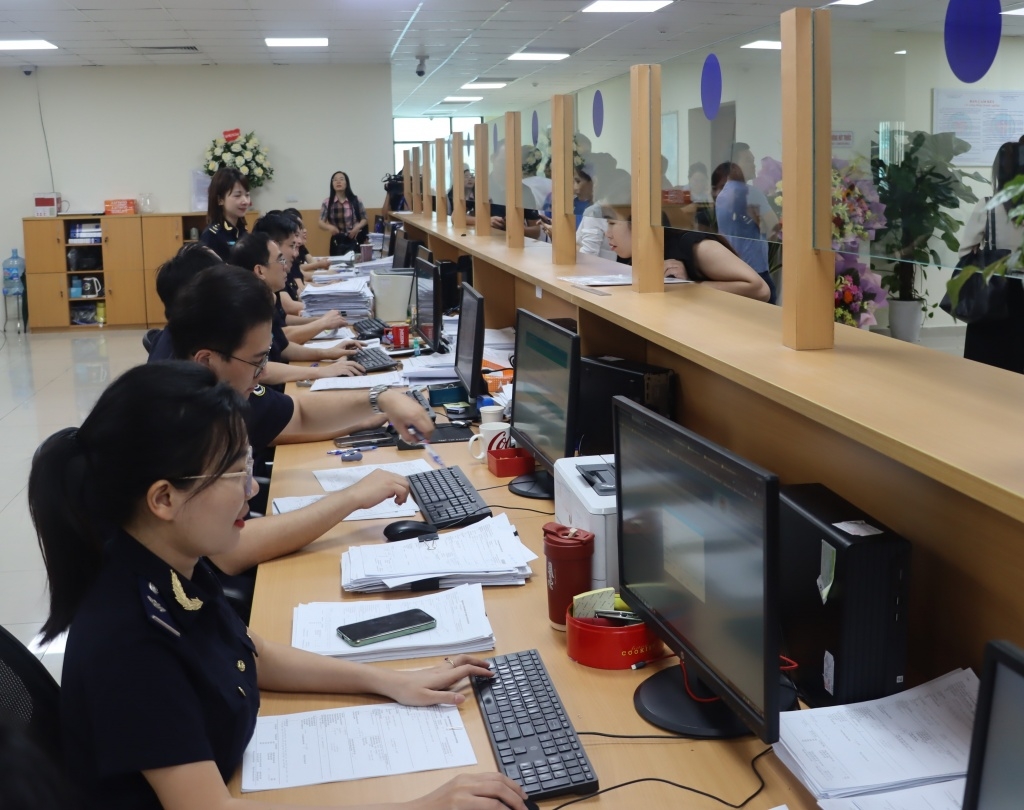
Hai Phong Customs’ revenue rises about VND 1,000 billion
14:52 | 14/02/2025 Customs

Administrative reform: Khanh Hoa Customs delivers impressive results
14:52 | 14/02/2025 Customs
More News
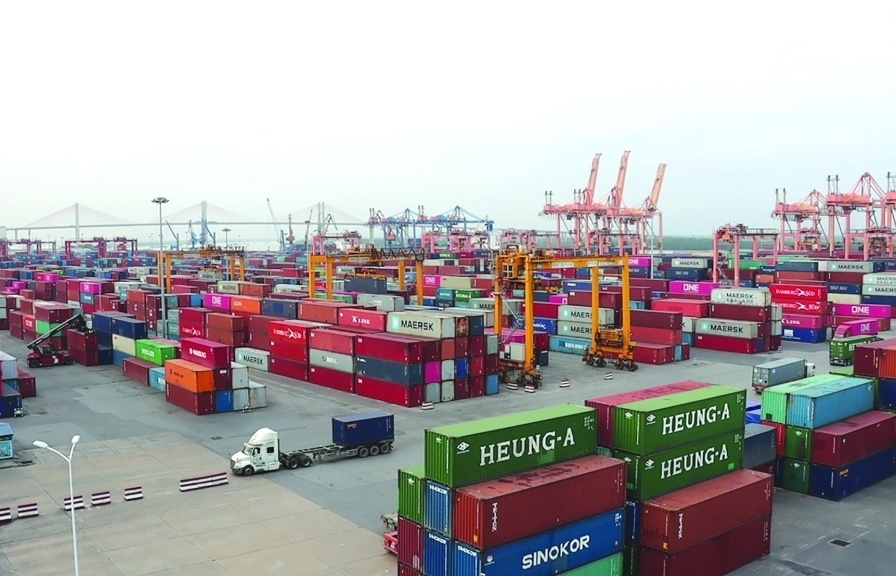
Over 1,500 customs declarations processed by Hai Phong Customs during Tet
14:36 | 10/02/2025 Customs
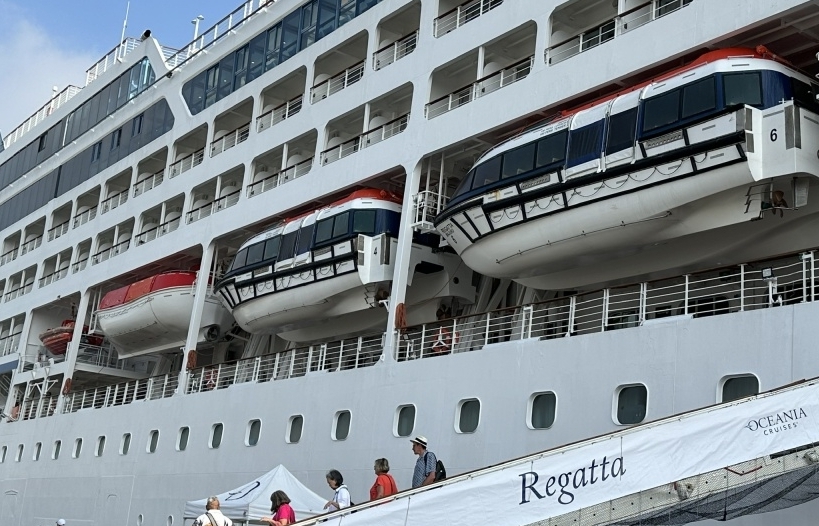
Ho Chi Minh City: Foreign visitors spend more than VND1,500 billion to buy goods upon exit
10:01 | 07/02/2025 Customs
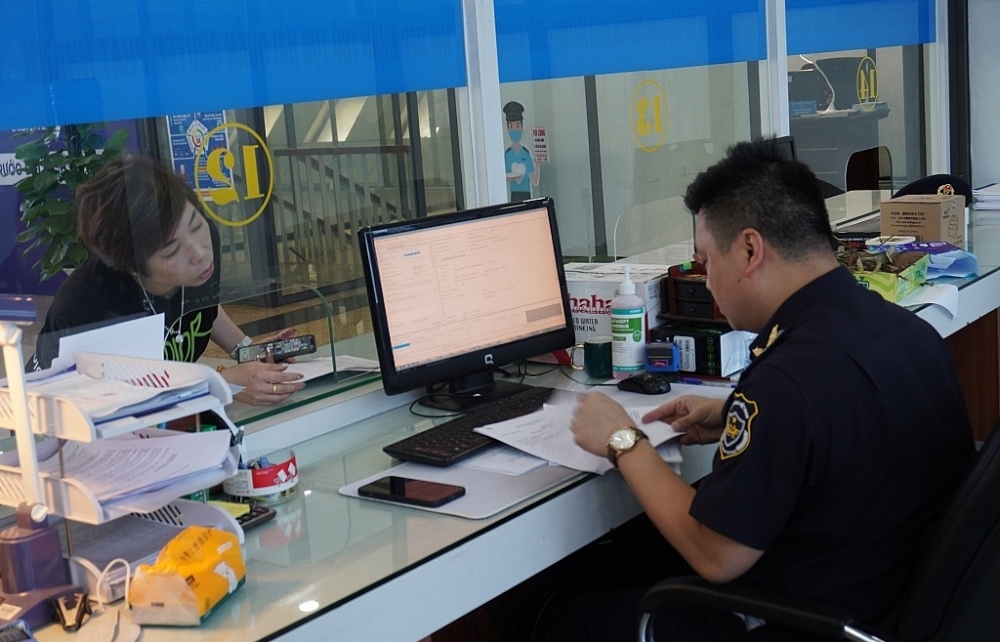
3,500 customs declarations handled in Lang Son over Tet
09:57 | 06/02/2025 Customs
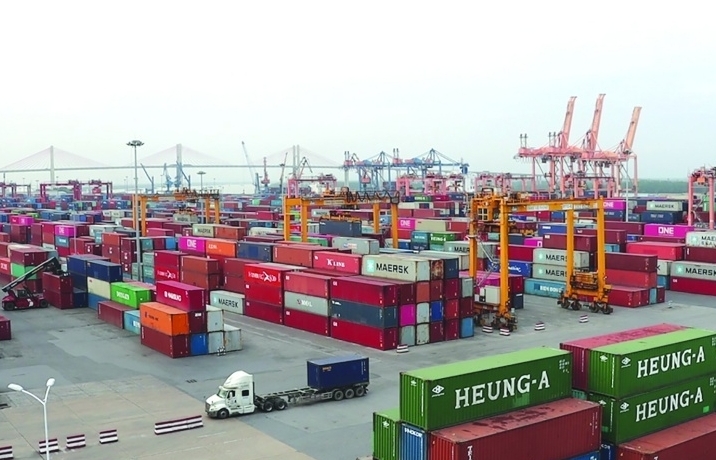
Hai Phong Customs processes more than 1,500 declarations during 2025 Lunar New Year holiday
14:09 | 05/02/2025 Customs
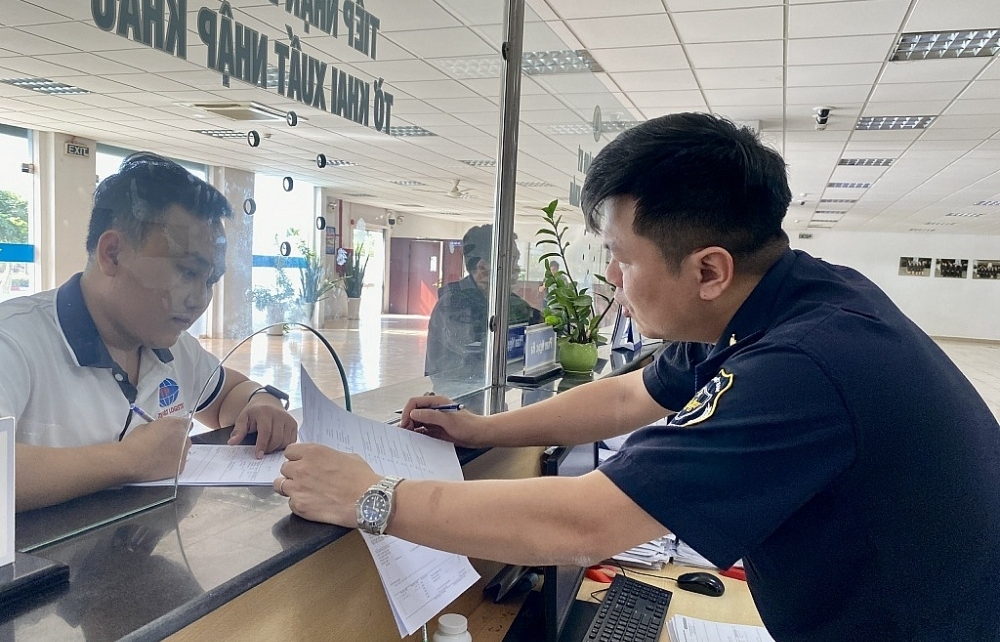
US$10.5 million in trade flows through Binh Duong Customs during Tet During the 2025 Lunar New Year
14:08 | 05/02/2025 Customs
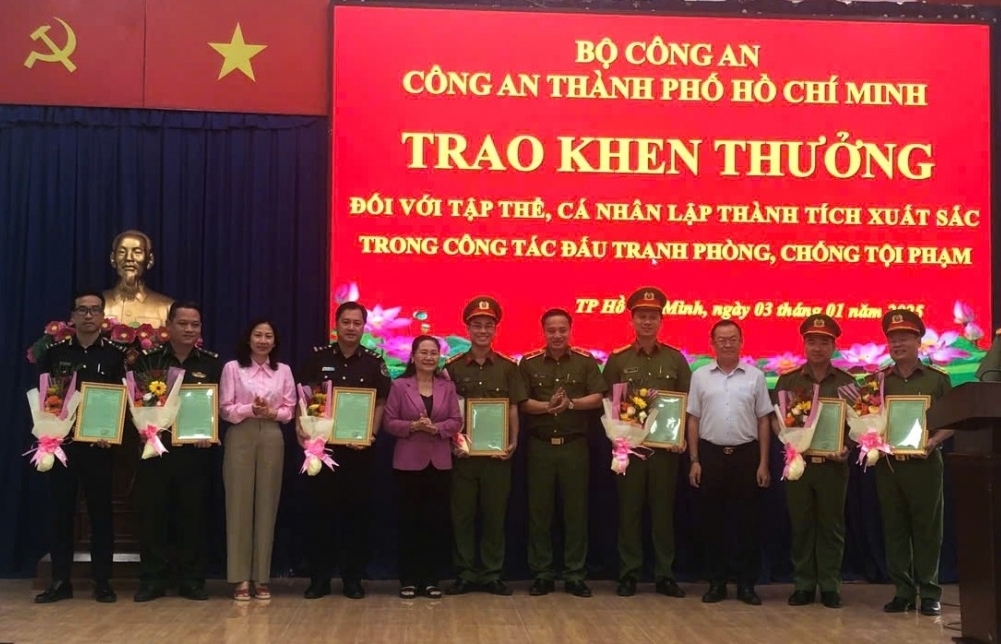
Proactive customs measures for express parcels: Tightening control over import-export goods
22:09 | 27/01/2025 Customs

Best covers of Vietnam Customs songs: 15 winners revealed
10:58 | 22/01/2025 Customs

Vietnam Customs kicks off campaign for innovation, breakthrough, and growth
14:15 | 21/01/2025 Customs
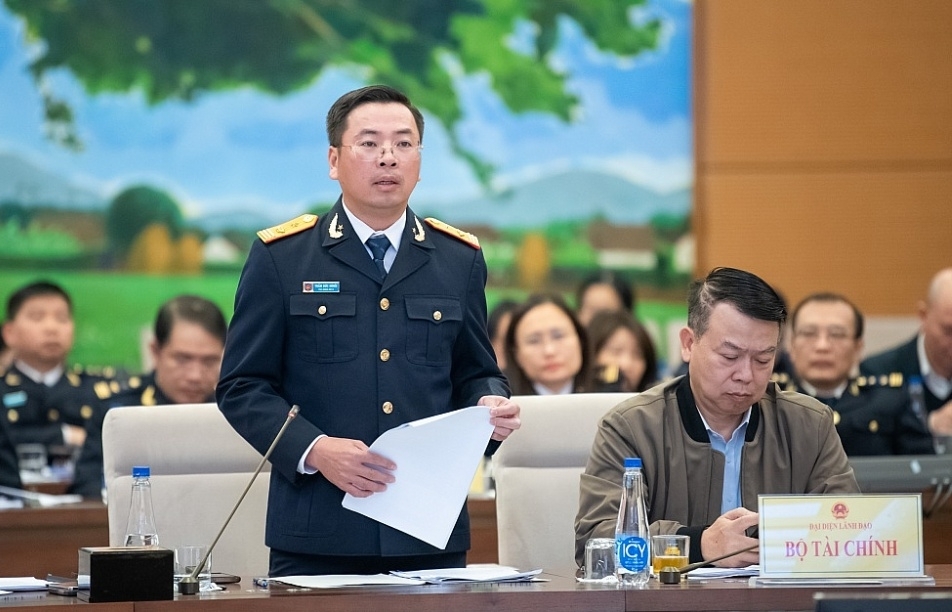
Researching and proposing amendments to 2014 Customs Law to meet the requirements of innovation
11:18 | 20/01/2025 Customs
Your care
The system has not recorded your reading habits.
Please Login/Register so that the system can provide articles according to your reading needs.

Vietnam Customs forms implementation task force on developing customs procedures
16:29 | 15/02/2025 Customs
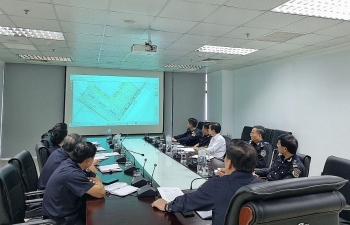
Quang Tri Customs launches business support initiatives
16:29 | 15/02/2025 Customs

Hai Phong Customs’ revenue rises about VND 1,000 billion
14:52 | 14/02/2025 Customs

Administrative reform: Khanh Hoa Customs delivers impressive results
14:52 | 14/02/2025 Customs

GDVC sets goal of widely disseminating Customs policies
07:49 | 12/02/2025 Customs
